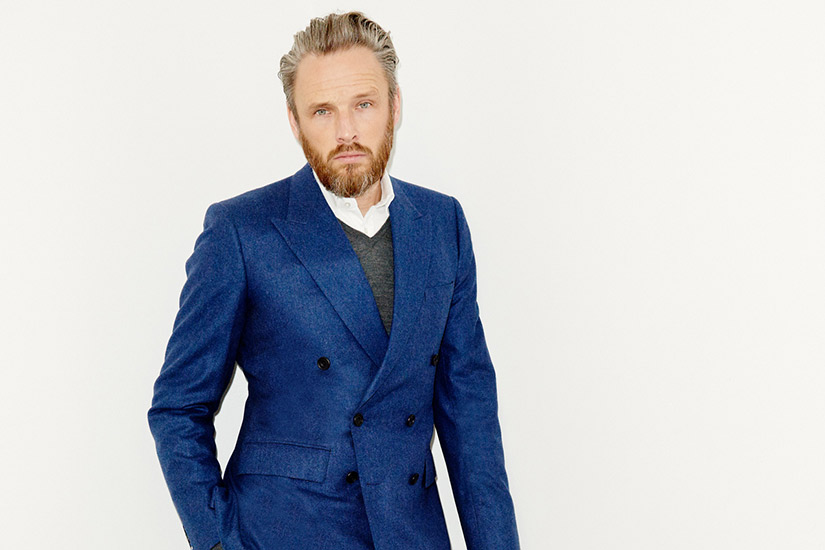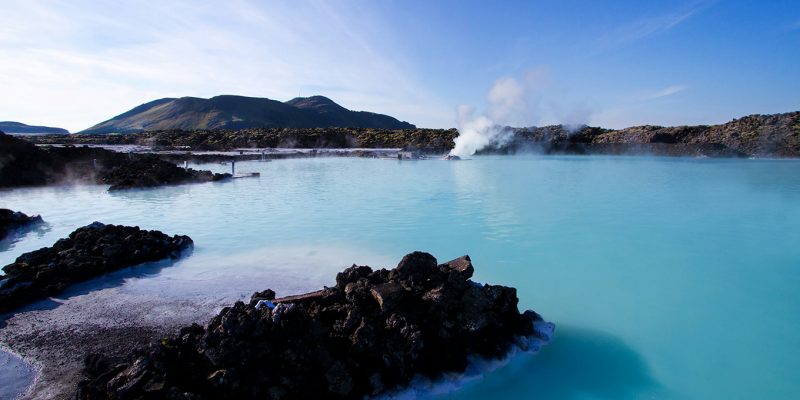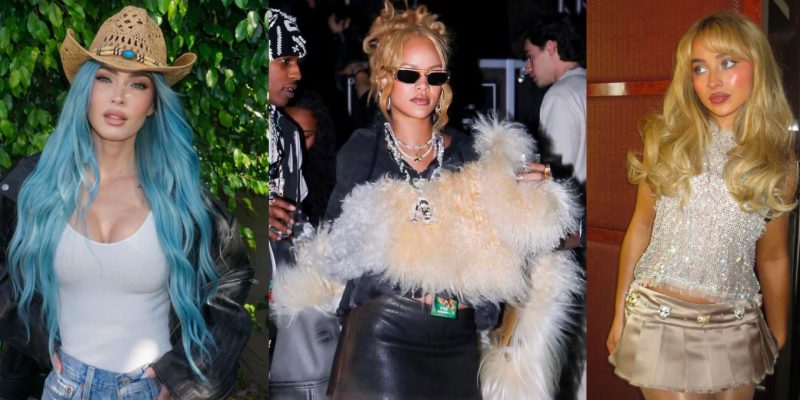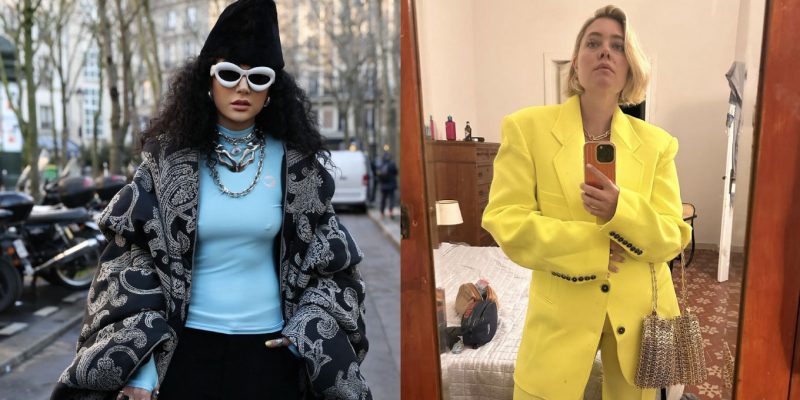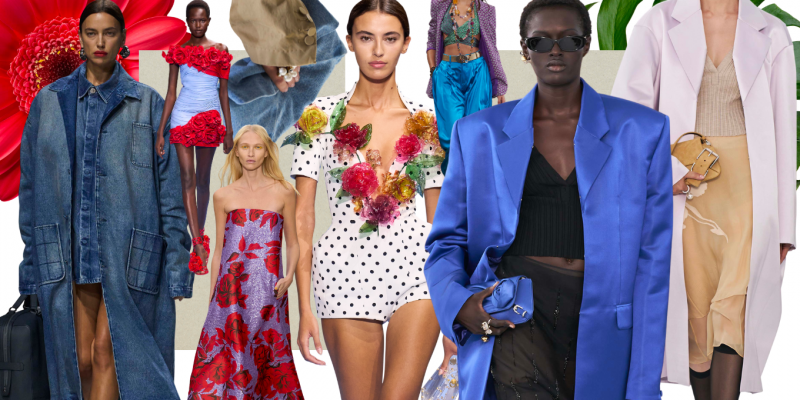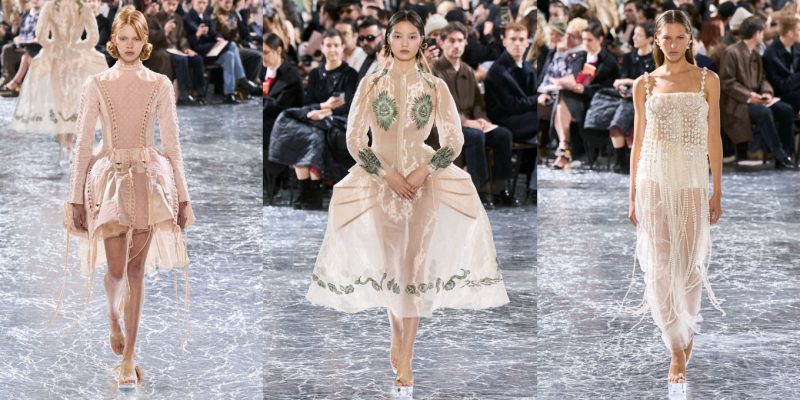Alasdhair Willis has been the creative director of Hunter for six years, and in that time, he’s helped take the storied brand beyond rain boots. Though you’ll still find many iterations of the wellie, you’ll also come across boxy rubberized backpacks and slick outerwear. When Willis came to Toronto a few months ago (the brand recently opened an outpost inside Yorkdale mall), I caught up with the designer over coffee (green juice for him) at Yorkville’s Hazelton Hotel. Here’s what he had to say.
On the Evolution of Festival Fashion
“Coachella is slightly different to any other festival. There’s a go-to festival uniform that we all know in terms of denim cut-offs, boots and that sort of more boho kind of vibe. But if you take the more historic and long-lasting festivals like Glastonbury, the music and the bands have somewhat led the narrative of fashion. Now, you have the flip situation where it’s not really anything to do with the genre of music, it’s do with what is more prevalent at the time from a fashion perspective, it’s not ‘I’m a Radiohead fan, and this is how I should be dressing.’ Coachella is a disruptive opportunity for fashion. It’s quite interesting that it’s no longer the genre of music that’s driving your look but the other way around.”
On Making Heritage Modern
“When you go into a brand like Hunter, the key is understanding what is relevant from the past. Really getting hold of that and working with that. And the aspects that are no longer speak to consumers today, you’ve got to be able to leave those behind. There’s a great deal of bravery when you take on a heritage brand. People think, ‘oh you can just lean on it and regurgitate it whenever.’ That has been done by a number of brands, but the braver way to progress is about putting it forward. If you look at Hunter’s history, we’ve had a relationship with certain…pursuits of the country that are no longer a major part of the brand. Like hunting and shooting, it’s no longer a way of life of our consumer.”
On Escape
“I have a place in the English countryside in Worcestershire. It’s very, very beautiful and it’s enough of a distance from London to feel that escape element. Scandinavia has a similar thing, in July they all disappear to the archipelago and Canadians have their cottages on the weekends, which is a major part of the lifestyle. I have to deliver a product that can be worn in the city and the country. It’s not solely and urban brand.”
On His Work Ethic
“I can’t rest unless I feel I’ve gotten as close to perfection as possible. I’m not one of those people who can just walk out, go home and switch off. I get obsessive as well, so if there’s something that isn’t quite right, I repeat it over and over again. Does that make me a perfectionist? It’s something that I’ve always had. My first real job when I did [Wallpaper] magazine was with Tyler Brûlé. He was very, very insistent – and rightly so – on making sure that nothing left the office unless it was up to the highest standard we could possibly deliver. It’s always stuck with me. I expect that of people who work with me because it’s why you’re there, really.”
